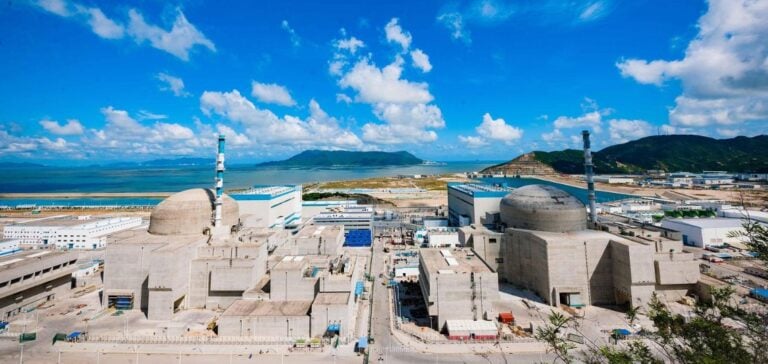State Power Investment Corporation (SPIC) reached a major milestone on April 26, with the start of concrete pouring for the first two CAP1000 reactors at Lianjiang. This event marks not only the start of construction, but also the launch of SPIC’s first nuclear power project in Guangdong province. This ambitious project is scheduled for commissioning in 2028.
Significant reduction in emissions
Completion of these facilities will provide an annual energy production capacity of around 70.2 TWh, reducing standard coal consumption by over 20 million tonnes. This represents a reduction in carbon dioxide emissions of over 52 million tonnes, sulphur dioxide of around 171,000 tonnes and nitrogen oxides of around 149,000 tonnes, underlining the project’s significant impact on the environment.
Innovation and efficiency
The CAP1000 reactors, a Chinese adaptation of the AP1000 design, incorporate modular construction techniques. These techniques make it possible to prefabricate large structural modules at the factory, which are then installed on site, optimizing costs and construction times. This innovative method marks a significant improvement over traditional methods.
Technological firsts
The project will also be the first in China to use secondary seawater cooling technology and to incorporate a large cooling tower – firsts for the Chinese nuclear sector. These technological initiatives are at the forefront of the industry, positioning SPIC as a leader in the adoption of new technologies.
With a total installed nuclear capacity of 8.09 GWe, SPIC is consolidating its position as one of the three main players in China’s nuclear sector. In addition to the four units currently under construction, the company has several other nuclear project sites in the preliminary phase.






















